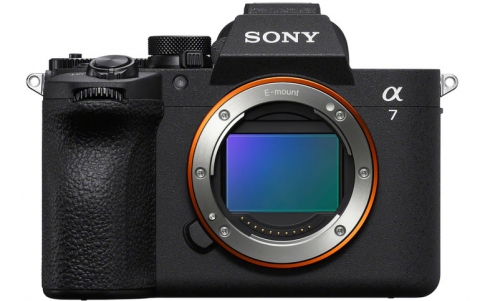
Microsoft Enters Supercomputer Market
Microsoft plans to move into the high-end supercomputing market as hardware becomes more affordable, Chairman Bill Gates said on Tuesday.
The world's largest software maker will offer a version of Windows called "Compute Cluster Server 2003" that offers high performance computing by tying together several personal computers in a high-speed network that allows them to crunch huge amounts of data to simulate weather, analyze DNA and process other research-level tasks.
"Microsoft wants to play a role here," Gates told Supercomputing 2005, an industry gathering being held in Seattle this week.
Gates said that supercomputers, once considered massive mainframe machines that only researchers, a few companies and governments could afford, are becoming smaller and cheaper to the point where a clustered supercomputer system could be built for as little as $10,000.
The market for computer clusters built on Intel's "x86" microprocessors used in more than 90 percent of PCs is growing at 15 to 20 percent per year, faster than the 11 percent growth in the PC market, and is expected to swell to as many as 300,000 installed machines by the end of the decade, Microsoft said.
To tap into that growth and compete against Linux -- the freely available operating system that is also being used to create clustered computer systems -- Microsoft is set to launch Computer Cluster Server in the first half of 2006. The latest beta, or test version, of the software was released on Tuesday.
Kyril Faenov, director of Microsoft's high-performance computing unit, said that the software will be designed to be easier to use, so that tasks can be displayed visually and systems can be configured more quickly.
In related news, Microsoft siad some upcoming products, including its Exchange 12 email server, will run only on 64-bit processors.
By late next year, Microsoft expects to deliver Exchange 12, which will run only on x86-compatible 64-bit servers.
Longhorn Server R2 and a small-business edition of Longhorn Server will be available only for x86-compatible 64-bit chips as well the company's Centro mid-market bundle. Longhorn server is expected to be released in 2007 and the R2 follow-up could come two years after that.
Microsoft also said its Microsoft Virtual Server Release 2 will be available in the first month of December, priced at $99 per server for the standard edition and $199 for the enterprise version.
"Microsoft wants to play a role here," Gates told Supercomputing 2005, an industry gathering being held in Seattle this week.
Gates said that supercomputers, once considered massive mainframe machines that only researchers, a few companies and governments could afford, are becoming smaller and cheaper to the point where a clustered supercomputer system could be built for as little as $10,000.
The market for computer clusters built on Intel's "x86" microprocessors used in more than 90 percent of PCs is growing at 15 to 20 percent per year, faster than the 11 percent growth in the PC market, and is expected to swell to as many as 300,000 installed machines by the end of the decade, Microsoft said.
To tap into that growth and compete against Linux -- the freely available operating system that is also being used to create clustered computer systems -- Microsoft is set to launch Computer Cluster Server in the first half of 2006. The latest beta, or test version, of the software was released on Tuesday.
Kyril Faenov, director of Microsoft's high-performance computing unit, said that the software will be designed to be easier to use, so that tasks can be displayed visually and systems can be configured more quickly.
In related news, Microsoft siad some upcoming products, including its Exchange 12 email server, will run only on 64-bit processors.
By late next year, Microsoft expects to deliver Exchange 12, which will run only on x86-compatible 64-bit servers.
Longhorn Server R2 and a small-business edition of Longhorn Server will be available only for x86-compatible 64-bit chips as well the company's Centro mid-market bundle. Longhorn server is expected to be released in 2007 and the R2 follow-up could come two years after that.
Microsoft also said its Microsoft Virtual Server Release 2 will be available in the first month of December, priced at $99 per server for the standard edition and $199 for the enterprise version.




















